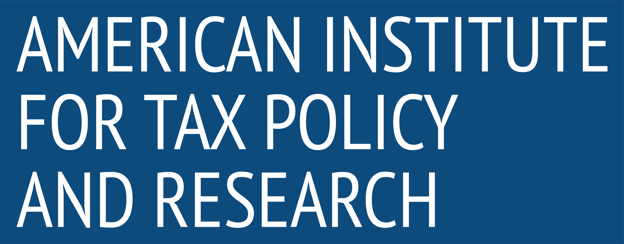State Tax Guides: Breakdown of Tax Policies Across the U.S.
State tax policies vary significantly across the United States, affecting individuals, businesses, and economic development. This guide provides an overview of income tax rates, sales tax structures, property taxes, and business tax considerations for each state. Understanding these differences is essential for taxpayers, policymakers, and businesses seeking to optimize their tax strategies.
1. State Income Taxes
1.1 States with No Income Tax
Alaska, Florida, Nevada, South Dakota, Texas, Washington, Wyoming: No state income tax.
Tennessee and New Hampshire: Only tax interest and dividend income.
1.2 Progressive vs. Flat Income Tax States
Progressive Tax Structures: Higher earners pay higher tax rates (e.g., California, New York, Minnesota).
Flat Tax States: One uniform rate applies to all income levels (e.g., Colorado (4.4%), Illinois (4.95%), Pennsylvania (3.07%)).
1.3 Highest and Lowest State Income Tax Rates
Highest: California (13.3%), Hawaii (11%), New Jersey (10.75%).
Lowest (with tax): North Dakota (2.5%), Pennsylvania (3.07%), Indiana (3.15%).
2. State Sales Taxes
2.1 States with No Sales Tax
Alaska, Delaware, Montana, New Hampshire, Oregon: No state sales tax, though local taxes may apply.
2.2 Highest State Sales Tax Rates
California: 7.25% (highest in the U.S.).
Tennessee, Arkansas, Louisiana: Over 9% when combined with local taxes.
2.3 Sales Tax Exemptions and Variations
Food and Prescription Drugs: Many states exempt groceries and medicine (e.g., Missouri, Virginia, Utah).
Clothing Exemptions: Some states (e.g., New Jersey, Pennsylvania) do not tax clothing.
3. Property Taxes
3.1 States with the Highest Property Taxes
New Jersey, Illinois, New Hampshire: Property tax rates above 2%.
Texas: No income tax but high property taxes to fund state services.
3.2 States with the Lowest Property Taxes
Hawaii, Alabama, Louisiana: Property tax rates under 0.5%.
West Virginia: Low property tax rates and homeowner-friendly policies.
3.3 Homestead Exemptions and Tax Relief
Florida: Offers a $50,000 homestead exemption to homeowners.
Texas and Georgia: Property tax caps and relief programs for seniors and veterans.
4. Business Tax Considerations
4.1 Corporate Income Tax Rates
Highest Rates: New Jersey (11.5%), Minnesota (9.8%), Illinois (9.5%).
No Corporate Tax: Texas, Nevada, South Dakota, Washington, Wyoming.
4.2 Gross Receipts Taxes
Some states impose a gross receipts tax instead of a corporate income tax (e.g., Texas, Ohio, Nevada).
4.3 Business Incentives and Credits
Tennessee and North Carolina: Offer tax credits for job creation and infrastructure investment.
New York and California: R&D and green energy tax incentives.
5. Estate and Inheritance Taxes
5.1 States with Estate Taxes
Oregon and Washington: Estate tax rates up to 20%.
Minnesota, Illinois, New York: Estate taxes apply above exemption thresholds.
5.2 States with Inheritance Taxes
Iowa, Kentucky, Maryland, Nebraska, New Jersey, Pennsylvania: Taxes imposed on heirs depending on their relation to the deceased.
Most states have repealed inheritance taxes to encourage wealth retention.
Conclusion
State tax policies create a diverse financial landscape for residents and businesses. While some states emphasize low income taxes, others rely on higher property or sales taxes to generate revenue. Understanding these tax structures is essential for making informed financial decisions.


